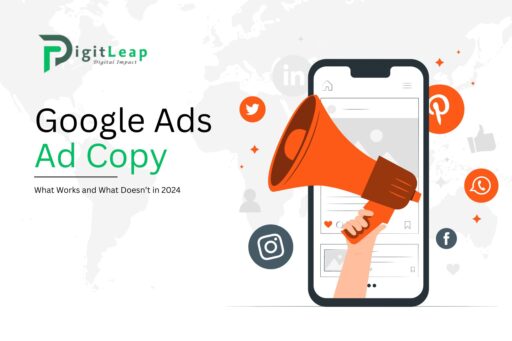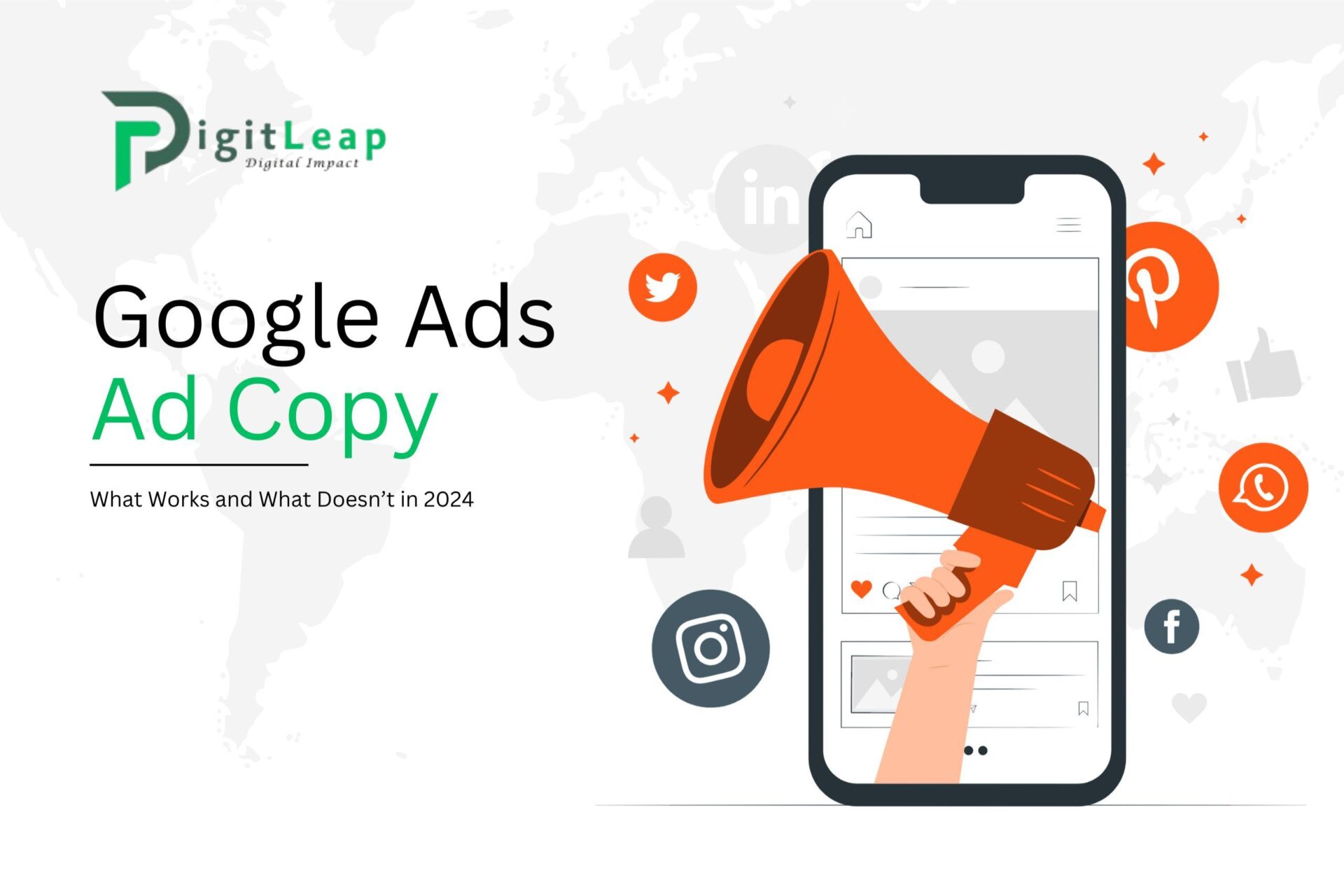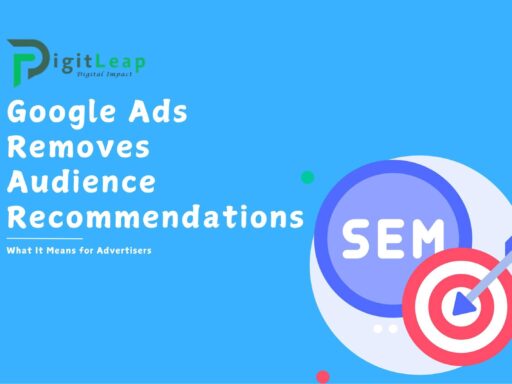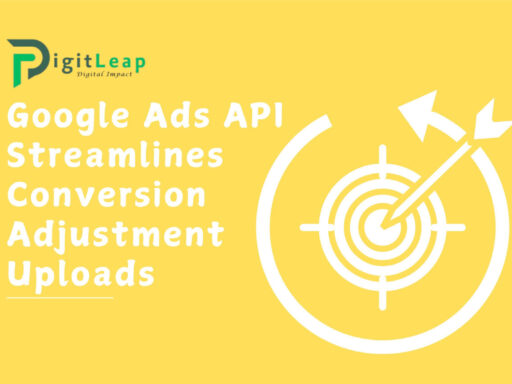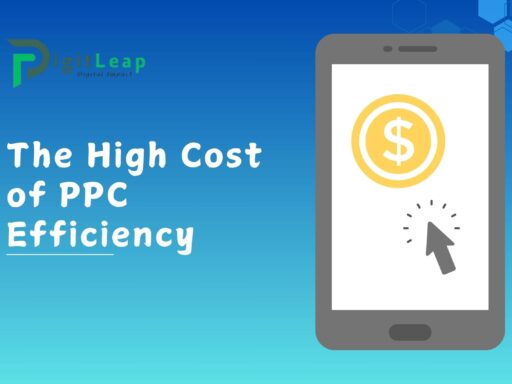Google Ads Ad Copy: What Works and What Doesn’t in 2024
Creating effective ad copy for Google Ads in 2024 requires more than just inserting a few keywords into a headline. With the growing use of AI, evolving consumer behaviors, and increasing competition, advertisers need to rethink their approach to crafting ads that capture attention, engage audiences, and drive conversions. While some strategies continue to deliver results, others have fallen out of favor.
In this article, we’ll explore what works and what doesn’t when writing Google Ads copy in 2024, and how you can adjust your approach to maximize your campaign’s success.
What Works in Google Ads Ad Copy in 2024
1. Personalized and Relevant Messaging
In 2024, personalization is key. People expect ads that speak directly to their needs and interests. This means generic, one-size-fits-all ad copy is less effective. Instead, ads that are tailored to specific audiences and intent-based searches perform better. To make your ad copy more personalized:
- Use dynamic keyword insertion: This feature automatically updates your ad copy with the exact terms users are searching for, making the ad feel more relevant to their query.
- Create ads based on audience segmentation: Tailor your messaging to different user groups. For example, if you’re advertising running shoes, you could create separate ads for marathon runners and casual joggers, highlighting different features of the product for each group.
Personalized ad copy makes users feel like the ad is specifically speaking to them, increasing the likelihood of clicks and conversions.
2. Highlighting Benefits Over Features
Consumers don’t just want to know what a product does—they want to know how it will benefit them. Ad copy that focuses on the value or solution your product provides works better than just listing features. For instance, instead of simply saying “Our shoes are waterproof,” highlight the benefit by saying, “Stay dry in any weather with our waterproof shoes.”
By clearly showing how your product or service solves a problem, you give users a reason to click and learn more.
3. Strong Call-to-Actions (CTAs)
A clear, compelling call-to-action is still crucial for successful Google Ads copy in 2024. Your CTA should guide users to the next step, whether it’s making a purchase, signing up for a newsletter, or contacting your business.
Here are a few CTA tips:
- Be specific: Instead of just saying “Learn More,” try something like “Get Your Free Quote Now” or “Shop the Sale Today.”
- Create urgency: Encourage immediate action with phrases like “Limited Time Offer” or “Only 5 Left in Stock.”
- Align with user intent: Match the CTA to the stage of the buyer’s journey. For example, for someone still researching, “Find Out More” might work better, while for ready-to-buy customers, “Buy Now” is more effective.
A well-placed and thoughtful CTA can make a big difference in your click-through and conversion rates.
4. Adapting to Mobile Users
In 2024, mobile search continues to dominate, so it’s important to write ad copy that works well on smaller screens. Make sure your message is clear and concise since space is limited on mobile devices. Avoid long, complex sentences that may get cut off or be difficult to read on the go.
Additionally, consider the user’s context. Mobile users are often searching for quick answers or local services, so including location-specific details or mobile-friendly CTAs like “Call Now” can be highly effective.
5. Using Emotional Triggers
Ad copy that connects with users on an emotional level tends to perform better. This could mean playing to their desires, fears, or aspirations. For example, an ad for a vacation package could tap into the desire for relaxation by saying, “Escape to Paradise and Recharge Your Spirit.”
Emotional triggers help you stand out in a sea of ads and make your brand more memorable.
What Doesn’t Work in Google Ads Ad Copy in 2024
1. Overly Generic or Vague Ads
Gone are the days when generic ads could still attract clicks. In 2024, users expect relevance, and Google’s algorithms prioritize ads that are more specific to the user’s search intent. Ads that use vague language like “Best Products for You” without mentioning specifics will likely fall flat.
Instead, focus on delivering clear, specific messages. Highlight what makes your product or service unique and why the user should care.
2. Keyword Stuffing
While it’s important to include keywords in your ad copy, overloading your ads with too many keywords can make them look unnatural and spammy. In fact, Google’s algorithms are smart enough to recognize keyword stuffing and may penalize your ad’s performance.
Instead of trying to cram in as many keywords as possible, focus on writing natural, readable text that incorporates the most relevant keywords where they make sense. The goal is to sound conversational, not robotic.
3. Ignoring Ad Extensions
In 2024, simply writing text ads without leveraging ad extensions is a missed opportunity. Ad extensions allow you to add more information to your ad, such as links to specific pages on your website, your phone number, or even promotions.
By using extensions, your ad becomes more informative and visually appealing, which can improve your click-through rate. For example, using sitelink extensions can give users more options to explore, and call extensions are great for mobile users who want to get in touch quickly.
4. Relying Solely on AI for Ad Copy
While AI-generated ad copy tools have made significant advances, relying completely on AI for your Google Ads copy can be risky. AI can generate suggestions, but it often lacks the human touch required to create ads that resonate emotionally or align perfectly with your brand voice.
Instead, use AI to assist with ideas, but make sure to review and edit the copy to ensure it matches your brand tone and connects with your audience on a personal level. The best results come from a mix of AI efficiency and human creativity.
Conclusion
Crafting successful Google Ads ad copy in 2024 requires a balance between data-driven strategies and human creativity. By focusing on personalized messaging, highlighting benefits, creating strong CTAs, and optimizing for mobile, you can create ads that capture attention and drive results. On the other hand, avoid generic messaging, keyword stuffing, and over-reliance on AI to maintain a competitive edge.
At DigitLeap, we specialize in helping businesses optimize their Google Ads campaigns to maximize performance. Whether you’re looking to improve your ad copy or refine your overall strategy, we’re here to help you achieve your goals in 2024 and beyond. Let us help you leap ahead with smarter, more effective Google Ads campaigns!

